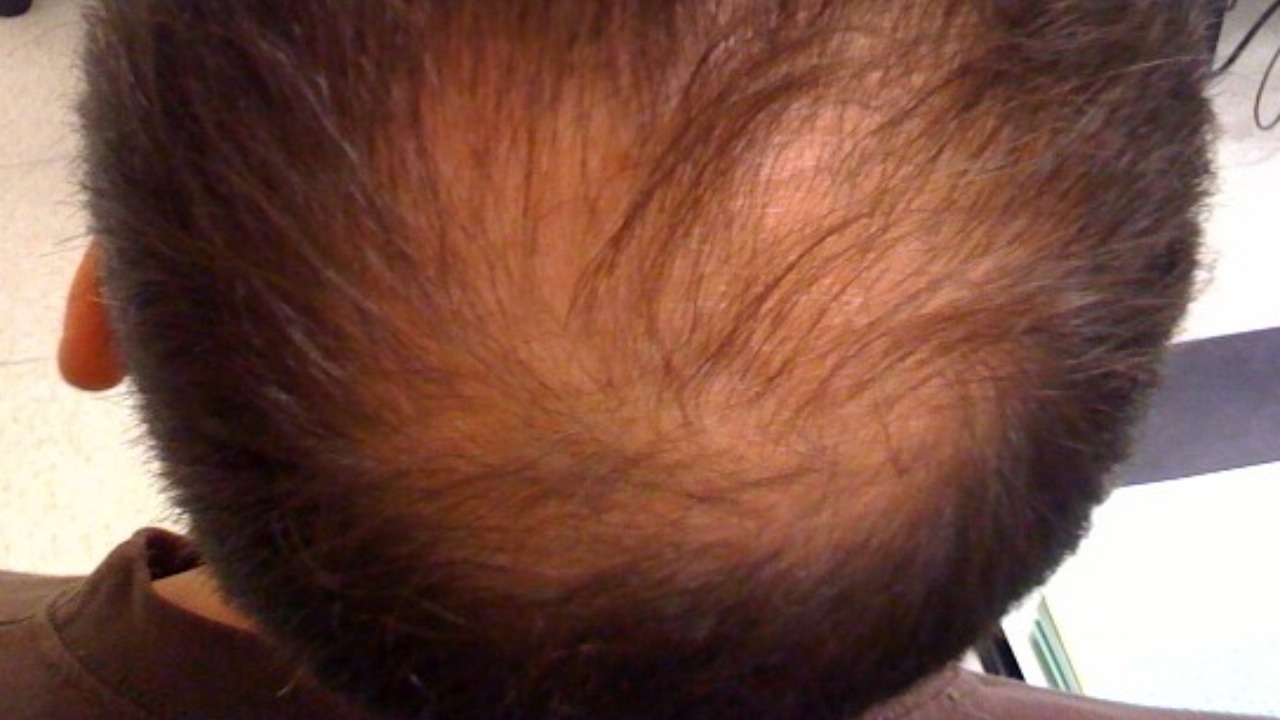
Recent advancements in hair loss treatments are offering a ray of hope for millions of people worldwide. Groundbreaking approaches, such as the use of exosomes and a novel sugar gel, have shown potential to regrow up to 90% of lost hair. Moreover, a new treatment has demonstrated a remarkable 100% hair regrowth in mice. These developments are occurring in a rapidly expanding hair treatment drug market, which is growing at a Compound Annual Growth Rate (CAGR) of 7.1%, indicating a surge in investments towards finding effective solutions.
Understanding the Exosome Treatment
The innovative hair loss treatment that has shown potential to regrow 90% of lost hair works by targeting hair follicles with exosomes. These tiny vesicles, released by cells, carry proteins and genetic material that stimulate regeneration in hair follicles. The clinical evidence supporting this claim includes patient outcomes and safety profiles, which have been promising.
However, like any new treatment, the exosome-based method has its limitations. Ongoing trials are necessary to validate its long-term efficacy and to understand any potential side effects. The next steps for this treatment involve larger clinical trials and refining the method of delivery to maximize results.
Sugar Gel as a Regrowth Booster
Another exciting development in the field of hair loss treatment is the use of a sugar gel formulation that boosts regrowth by 90 percent. This non-invasive treatment uses natural ingredients and works by interacting with scalp biology to enhance hair density. The breakthrough announcement in July 2025 has sparked interest in the scientific community and among those suffering from hair loss.
One of the potential advantages of the sugar gel over traditional therapies is its accessibility. Given its reported 90 percent effectiveness rate, it could become a popular choice for those seeking non-surgical, affordable hair loss treatments.
Mouse Model Success with Full Regrowth
In June 2025, a new treatment was reported to trigger 100% hair regrowth in mice. This study represents a significant milestone in the quest for a baldness cure. However, it’s important to note that results in mice do not always translate directly to humans, and there are ethical and translational challenges to overcome before this treatment can be applied clinically.
Despite these challenges, the 100% regrowth in mice is a promising sign. It provides a valuable model for understanding the mechanisms of hair growth and could pave the way for new treatments in humans.
Market Dynamics in Hair Treatments
The hair treatment drug market is expanding rapidly, with a projected CAGR of 7.1% through 2025. This growth reflects an increased demand for effective hair regrowth solutions. The market analysis from July 30, 2025, suggests that treatments achieving 90% or 100% results could command a significant market share.
Given the market’s growth rate, there are ample investment opportunities in the sector. Companies developing innovative treatments, such as the exosome method and sugar gel, could see significant returns on investment.
Comparing Emerging Therapies
Comparing the exosome treatment and the sugar gel, both have shown potential for 90% hair regrowth. However, they differ in their mechanisms of action and application methods. While the exosome treatment involves a more complex procedure, the sugar gel offers a simpler, non-invasive approach.
The 100% hair regrowth observed in mice serves as a benchmark for these therapies. It also raises the question of whether these treatments could be combined or used in conjunction with existing options to enhance outcomes.
Future Outlook for Hair Restoration
The projected CAGR of 7.1% in the hair treatment drug market could accelerate the adoption of these innovative treatments. However, regulatory hurdles will need to be overcome to scale up these treatments for widespread use.
From a patient perspective, these treatments could have a significant impact. Given their high efficacy rates, they could benefit a wide demographic of people suffering from hair loss. As research progresses and these treatments become more accessible, the future of hair restoration looks promising.
More from MorningOverview